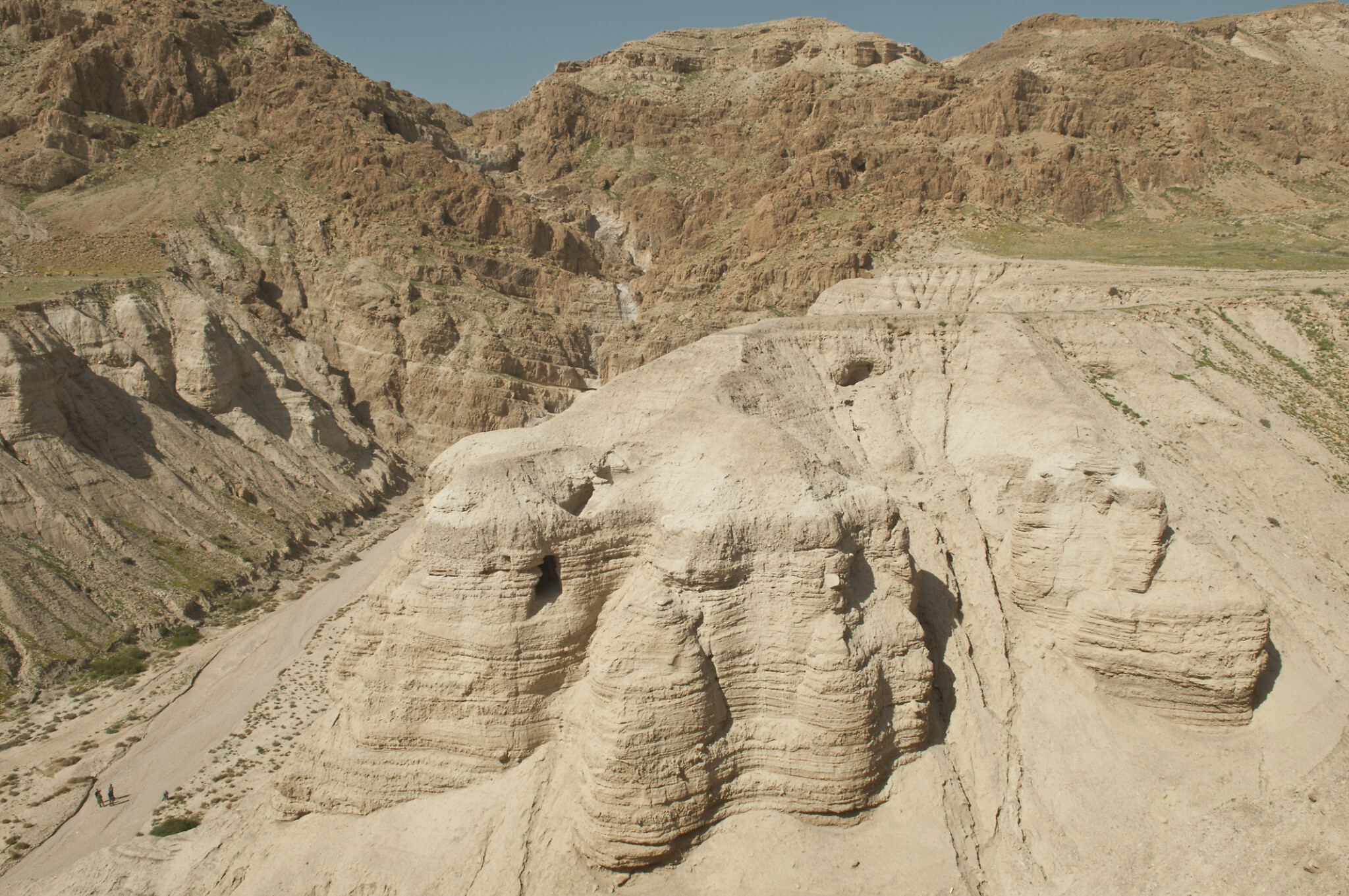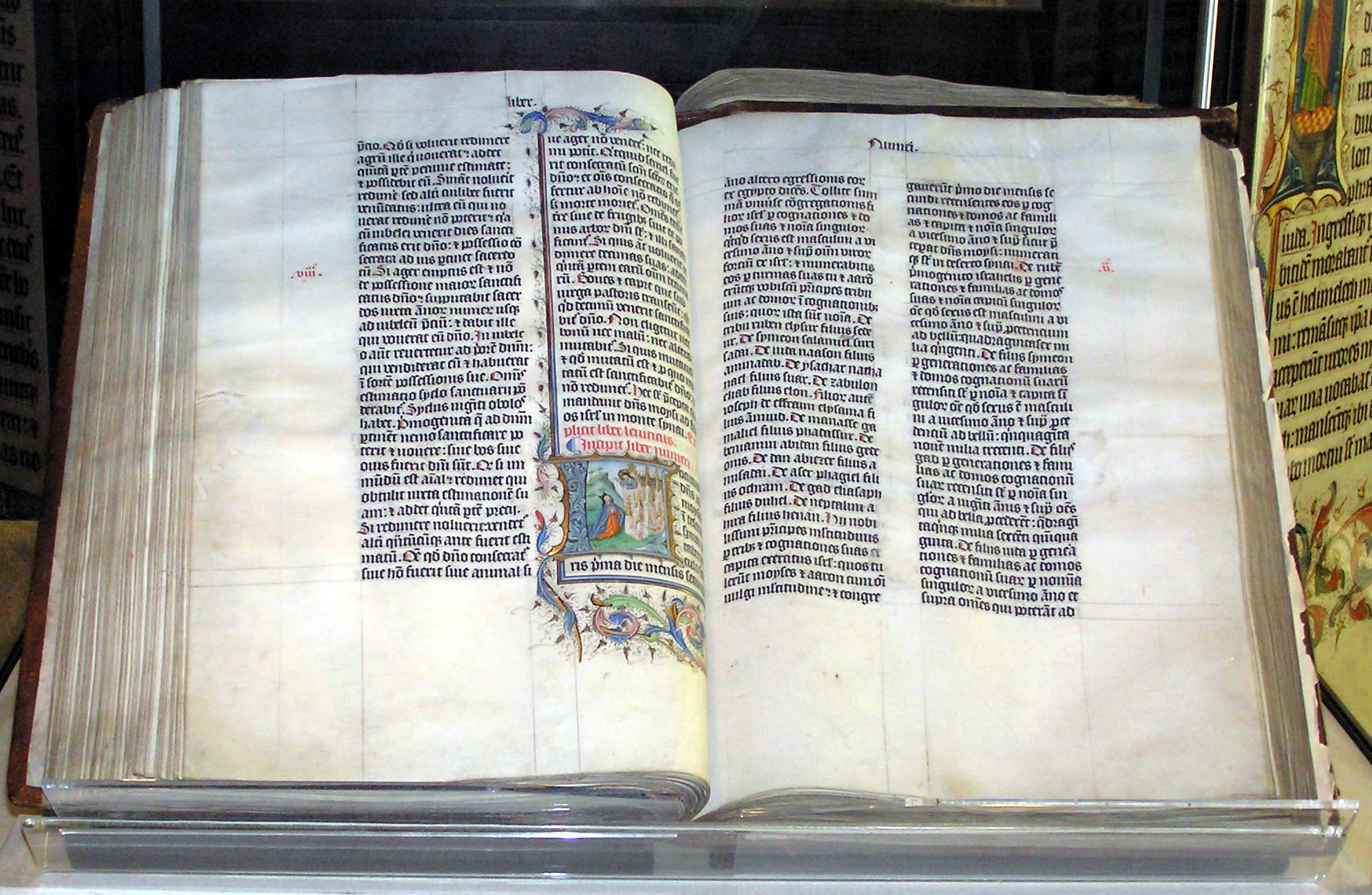Dead Sea Scrolls - REJECTED SCRIPTURES THE DEMONS OF DEATH (Beatitudes - 4Q525) (Plate 12) This next text has been called ‘ the Beatitudes ’, comparing it to famous recitations of a parallel kind in Ecclesiasticus (Ben Sira) and the Sermon on the Mount in the Gospel of Matthew.
- In 1947 in an area known as Qumran, near the northwest corner of the Dead Sea, some significant rolls of leather and a few copper manuscripts were found preserved in earthen jars in some dark caves. They were found quite by accident by goat herders. As a result of further searches in the area, many documents have been discovered and translated.
- The Dead Sea region, despite its name, is a significant location and source of nutrition and abundant life. It is also a significant location, both historically and in modern day society, to many of the world’s major religions—primarily Christianity and Judaism.
- The Dead Sea copy of the scroll of Isaiah, just like the printed copies of Isaiah in any modern day Bible, has the SAME 66 CHAPTERS and wholly agrees in meaning with our present-day text. Yet many modern writers, when discussing the Dead Sea Scrolls carefully avoid recognizing this fact BECAUSE THEY DO NOT WANT TO BELIEVE THAT THE BIBLE HAS.
Discovery
East of the city of Jerusalem, the mountainous landscape plummetsdramatically 1200 meters to the lowest pointon earth, the Dead Sea. Some of the most dramatic biblical stories are set inthe rocky caves of this region, between the Judean hills and the Dead Sea.Here, in the intense heat of the barren Judean Desert, we can visualize Davidfleeing from King Saul seeking refuge in the desert’s mountain caves, andJesus rejecting the temptations of the devil. For thousands of years theJudean Desert held secrets buried in its sands, only to be revealed by ayoung Bedouin shepherd in 1947. Thediscovery of these ancient treasures initiated a modern-day adventure intothe past, revolutionizing our understanding of history and religion.
As the story goes, a shepherd of the Ta'amireh tribe left his flock of sheepand goats to search for a stray. Amid the crumbling limestone cliffs that linethe northwestern rim of the Dead Sea, around the site of Qumran, he found acave in the crevice of a steep rocky hillside. Intrigued, he cast a stone intothe dark interior, only to be startled by the sound of breaking pots. Thissound echoed around the world. For he had stumbled on the greatest find of thecentury, the Dead Sea Scrolls. Upon entering the cave, the young Bedouinfound a mysteriouscollection of large clay jars. The majority were empty and upon examining theremaining few, he found that the jars were intact, with lids still in place.However, a closer look revealed nothing but old scrolls, some wrapped in linenand blackened with age.
He and several companions brought the scrolls to Kando, a Bethlehemantiquities dealer, for appraisal. Intrigued by the findings, Kando sent theBedouin back to the caves in search of more treasures. To his delight, theyreturned with a total of seven scrolls. Blind to their real value, the Bedouinsold four of the seven scrolls to Kando and three to a second antiquitiesdealer named Salahi. Kando then resold the four scrolls to Archbishop Samuel,head of the Syrian Orthodox Monastery of St. Mark in Jerusalem.

When Hebrew University Professor Eliezer Lipa Sukenik caught wind of theScrolls’ discovery through an Armenian antiquities dealer, he set out toinvestigate the significance of the finds. Braving Arab-Jewish tensions, hetravelled to meet the Armenian dealer at the British divided military zone ofthe Jerusalem border. In this clandestine meeting, the dealer held up afragment of leather for the professor to examine. As Sukenik peered throughthe wire, he recognized the ancient writing.
Eager to see more, Sukenik travelled with the dealer to Bethlehem to seeSalahi, who was in the possession of three Scrolls. Opening the Scrolls, he wasamazed to see Hebrew manuscripts, one thousand years older then any existingbiblical text. In his diary, Sukenik recollected:
“ My hands shook as I started to unwrap one of them. I read a few sentences. It was written in beautiful biblical Hebrew. The language was like that of the Psalms, but the text was unknown to me. I looked and looked, and I suddenly had the feeling that I was privileged by destiny to gaze upon a Hebrew Scroll which had not been read for more than 2,000 years. ”
The First Seven Scrolls
 1948: The first three works under the care of St. Mark’s Monastery (acomplete manuscript of the book of Isaiah, a sectarian work called theCommunity Rule, and a commentary on the book of Habakkuk) are photographed byJohn C. Trever, then director of Jerusalem’s American Schools of OrientalResearch.
1948: The first three works under the care of St. Mark’s Monastery (acomplete manuscript of the book of Isaiah, a sectarian work called theCommunity Rule, and a commentary on the book of Habakkuk) are photographed byJohn C. Trever, then director of Jerusalem’s American Schools of OrientalResearch.Dead Sea Scrolls Scripture
Sukenik acquires and publishes selections of three Scrolls: The War Scroll, theThanksgiving Scroll (Hodayot), and a second copy of Isaiah. The fourth of the St. Marks's Monastery Scrolls, which could not be opened at the time, was later found to be an Aramaic work re-writing portions of the book of Genesis and was named Genesis Apocryphon.1949: Regional turmoil leads Syrian Archbishop Samuel to smuggle hisprecious four Scrolls out of the country, relocating them to a Syrian Church inNew Jersey.
1954: Samuel places the same four Scrolls up for sale in a WallStreet Journal advertisement. Yigael Yadin, son of Professor Sukenik, purchasesthe four Scrolls through an American middleman, on behalf of the State ofIsrael.
1955: Yadin joins the four Scrolls with the three already located atthe Hebrew University
1965: The 'Shrine of the Book' is built to house these sevenScrolls.
Aftermath of Initial Discovery
When word spread that these seven Scrolls contained biblical texts andother ancient religious writings, it opened the way for a series of similarfinds in ten other nearby caves over the next nine years. This vast manuscripttreasury, known as the 'Dead Sea Scrolls', includes a small number ofnear-complete Scrolls and tens of thousands of Scroll fragments, representingover 900 different texts written in Hebrew, Aramaic and Greek.
Excavation over the years has extended outside the Qumran area, south alongthe western shore of the Dead Sea, from the caves of Wadi Murabba'at and NahalHever to Masada. Additional Scroll fragments have been discovered at numeroussites. Today, all of these Judean Desert manuscripts are collectively known asthe Dead Sea Scrolls.
 1949- 1956
1949- 1956 Roland De Vaux, Director of École Biblique etArchéologique Française in East Jerusalem and Gerald Lankester Harding, BritishDirector of the Department of Antiquities of Jordan (DAJ), led the archaeologyteam surveying the area.
News of the discovery sent archaeologists, as well as Bedouin treasure hunters,racing to excavate the area where the first Scrolls were found. Overall, theydiscovered thousands of Scroll fragments within10 additional caves—in total the remains of over900 manuscripts.
Yet it was the Bedouinwho discovered the majority bounty, the richest treasures of the caves. In Cave4 alone, dug out of the sheer face of an escarpment, thousands of fragmentsfrom about 500 different Scrolls were found. DeVaux and Harding negotiated with the Bedouin to purchase the Scrolls they hadfound. In 1953, Harding and De Vaux appointed an international team ofscholars to begin the publication of the Scrolls. As the team began their workat the Rockefeller Museum, piecing together the fragments of over 900manuscripts, a complex historical puzzle emerged.

Publication
For the first 40 years after their discovery,the study of the thousands of text fragments was monopolized by fewer then adozen international scholars, all great experts in their respective fields.This limited team size prevented the speedy publication of the texts. In theearly 1990s, the Israel Antiquities Authority (IAA) took major steps to advancethe publication of the Dead Sea Scrolls. Hebrew University Professor EmanuelTov was nominated as chief editor and the publication was divided among about100 international scholars; by 2001, themajority of the official editions had been published and were located inacademic libraries.
Read The Dead Sea Scrolls

Dead Sea Scrolls Bible Accuracy
At the same time, concern for the Scrolls’ physical condition led the IAA toestablish a conservation lab dedicated solely to the conservation andpreservation of the Scrolls.